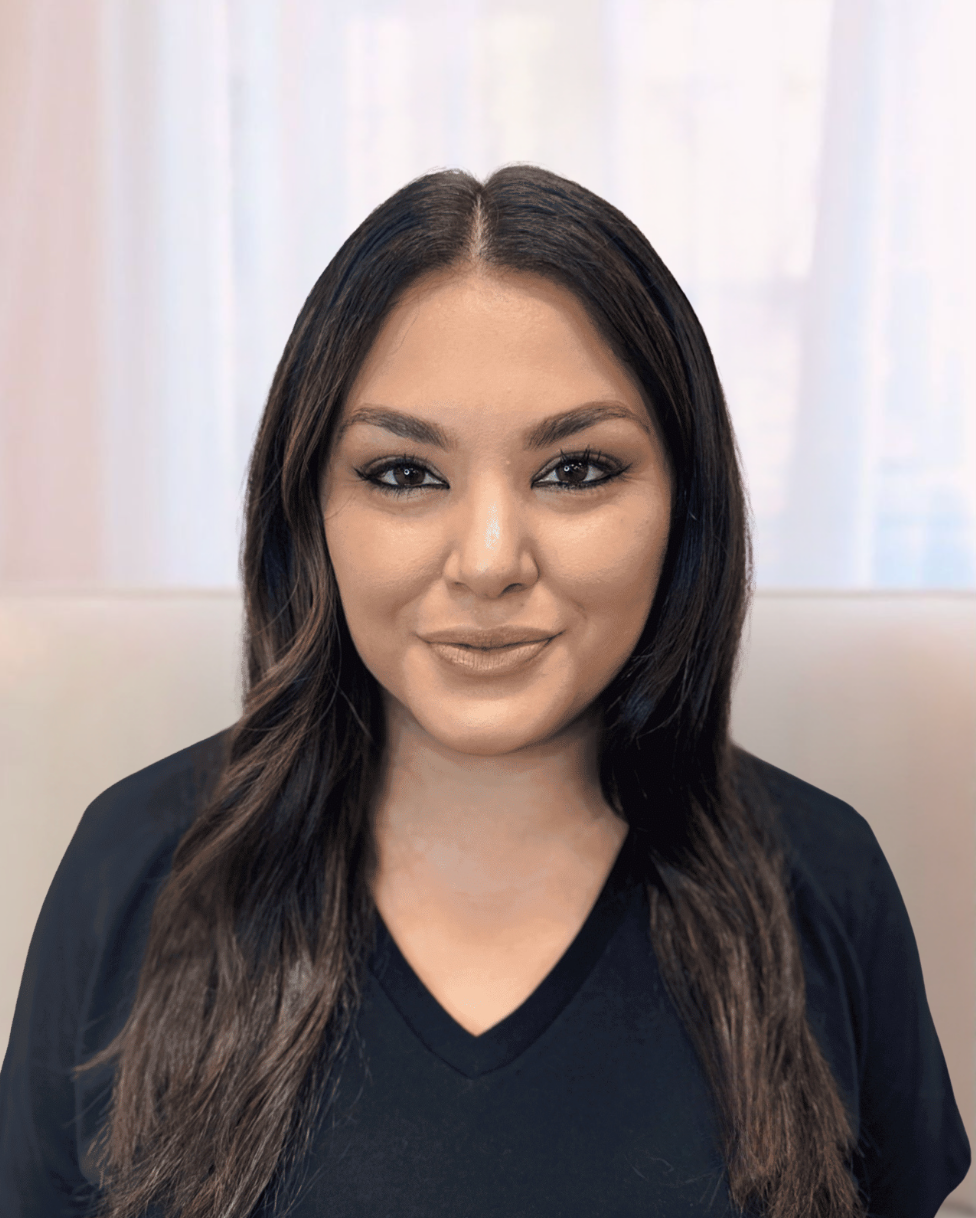ANXIETY DISORDER TREATMENT
Anxiety Disorders
Anxiety can feel like your body and mind are out of your control. Your thoughts race, your chest tightens, and fear can take over even when nothing dangerous is happening. Anxiety itself isn’t bad, it’s meant to keep us safe, alert us to pain, and help us know when to be careful. But when you’ve lived in environments where you were unsafe, where you had to stay on edge, or where fear was constant, your nervous system can get stuck in that state. Instead of helping you, anxiety can take over, leaving you feeling overwhelmed and exhausted.
Types of Anxiety Disorders
There are several types of anxiety disorders, each with their own patterns. Generalized Anxiety Disorder (GAD) can make you worry constantly about everyday life. Panic Disorder often brings sudden episodes of intense fear and physical symptoms like a racing heart or shortness of breath. Social Anxiety Disorder centers around fear of judgment or rejection in social settings. Phobias are intense fears tied to specific situations or objects. Each of these can be deeply disruptive, and while they show up differently, they all share the same underlying theme: your mind and body are locked in fear even when you want relief.
How to Know if Someone Is Suffering from an Anxiety Disorder
Daily anxiety can look different from person to person, but there are some clear signs it has become more than occasional worry. These include racing thoughts that don’t stop, physical symptoms like chest tightness, sweating, trembling, or shortness of breath, and avoiding situations out of fear. Anxiety disorders can also show up as irritability, difficulty concentrating, sleep problems, or the sense of being “on edge” almost every day. When anxiety is disrupting work, school, relationships, or overall health, it may be time to seek higher levels of care and structured support.
Treatment for Anxiety
Treatment for anxiety focuses on helping you understand your nervous system and teaching you how to calm it. That might mean using movement, breath work, mindfulness, or guided exercises to regulate your body. It also means looking at the thoughts fueling your fear: asking if they’re true, and if they’re not, learning how to shift them. Therapy gives you a safe place to share how your anxiety shows up, to sit in the fear without being alone, and to learn evidence-based tools for regaining control. Group therapy allows you to hear others’ stories, reminding you that anxiety is human and that healing is possible when you practice together.
Anxiety Levels of Care
Sometimes daily suffering from anxiety means you need more than weekly sessions. At HighTide Mental Health, we offer multiple levels of care. Our Partial Hospitalization Program (PHP) runs from 9:00am to 4:00pm, giving you a full day of support, structure, and medical care to help stabilize your anxiety. Our Intensive Outpatient Program (IOP) allows you to take what you’ve learned and practice those skills in real life (at work, in school, or in relationships) while still having consistent therapeutic support. Over time, you begin to notice your anxiety shifting: your body calmer, your thoughts steadier, your fears less consuming.
Healing from Anxiety
By the time you complete treatment, you’ll feel a sense of existence you may have forgotten was possible: living with anxiety in a way that helps you, not harms you. You will have built new habits, found tools that actually work for your body and mind, and proven to yourself that anxiety does not define you.
Many people finish treatment surprised by how much lighter life feels, how relationships improve, and how much more energy they have when anxiety is no longer in control. At HighTide Mental Health, we believe recovery is always possible, and we walk with you every step of the way until you feel that possibility for yourself.







